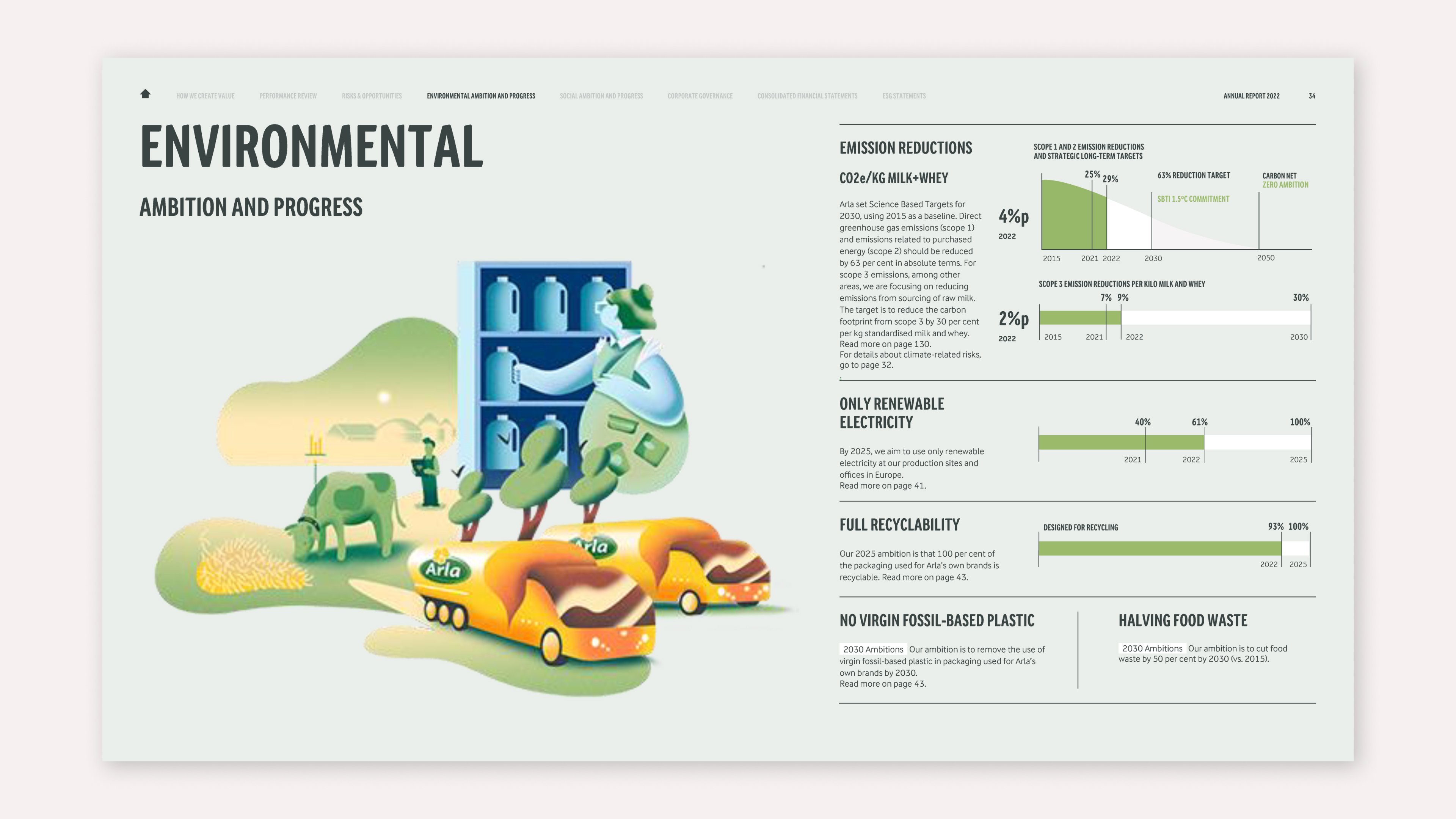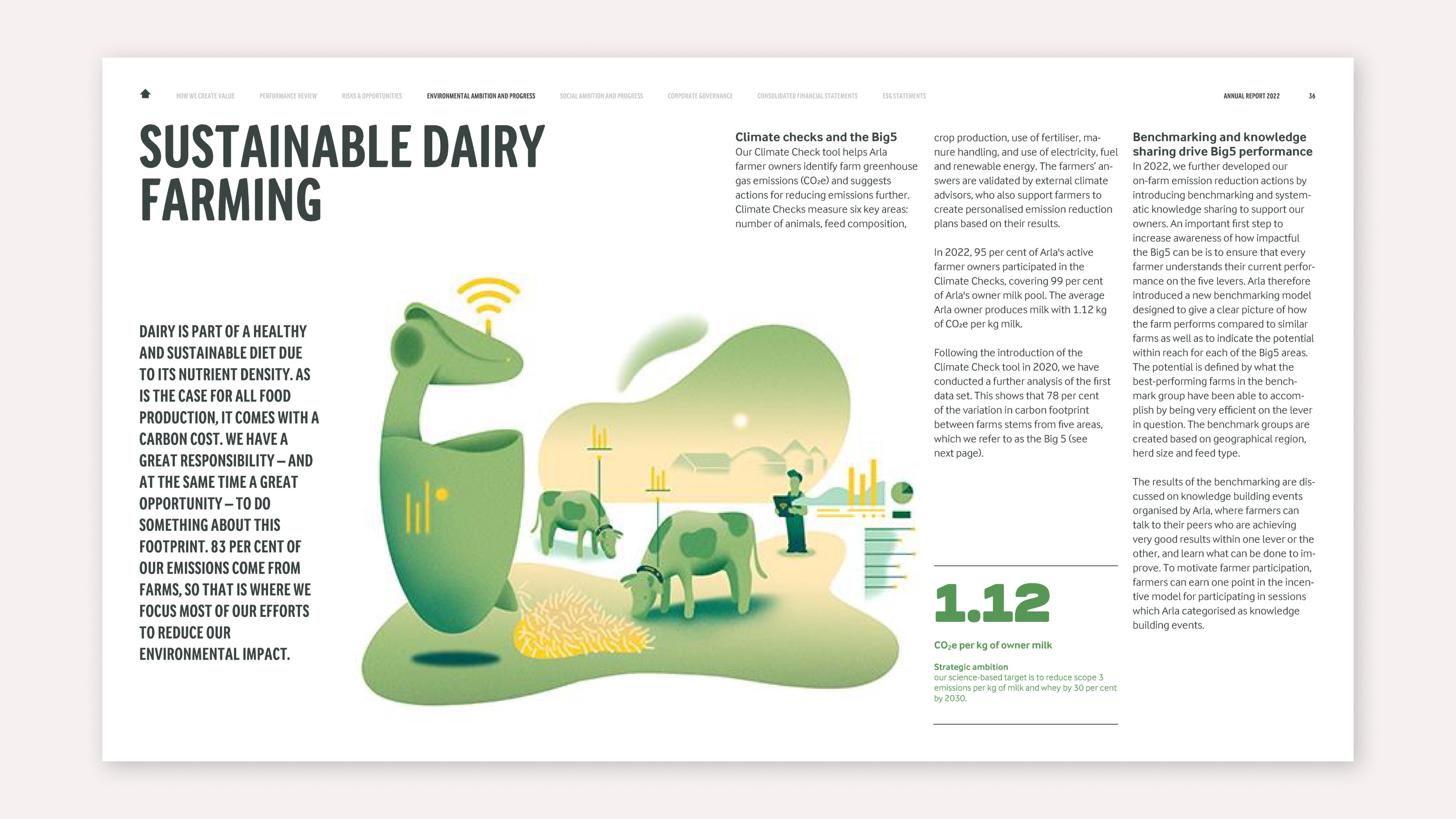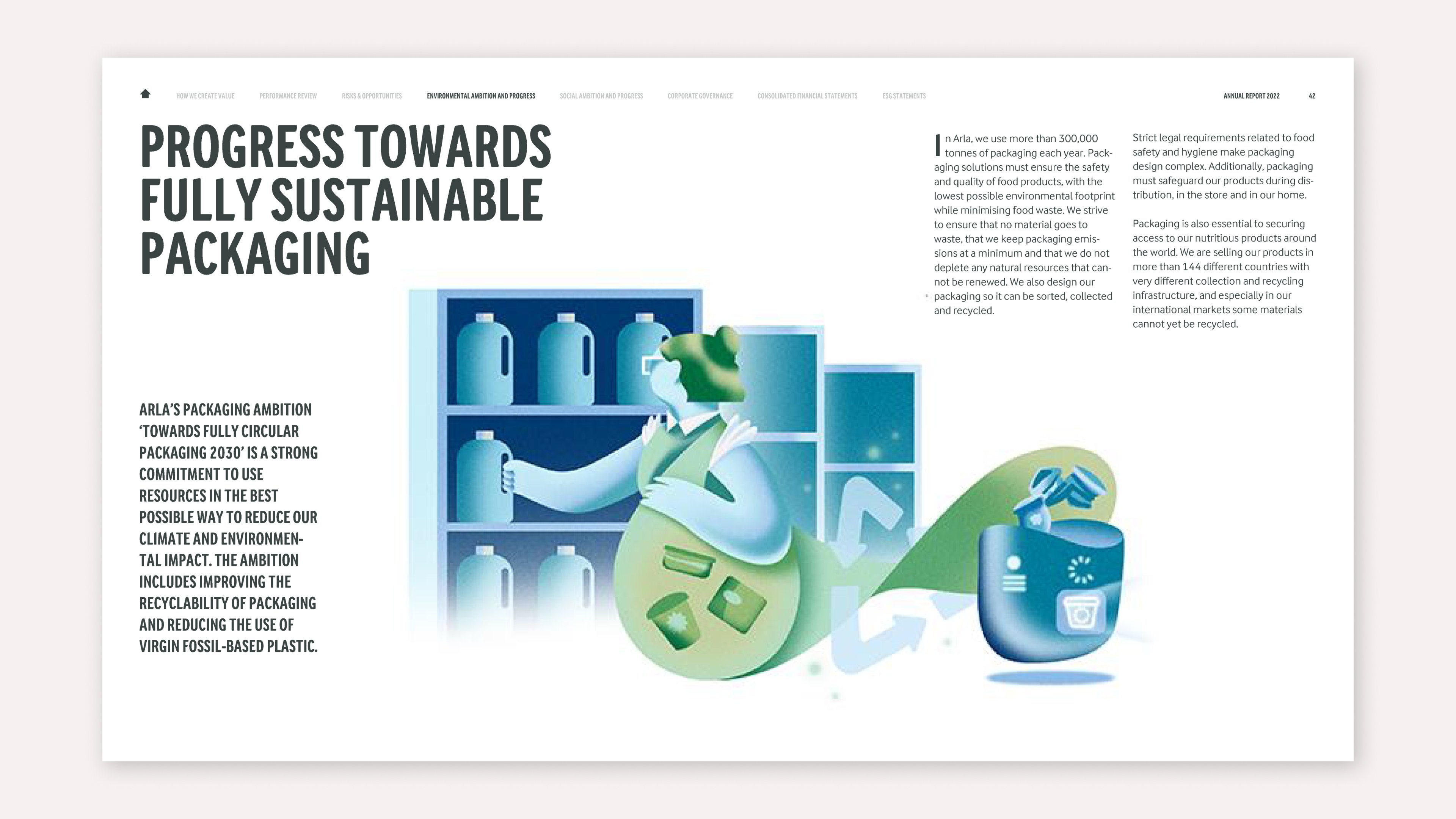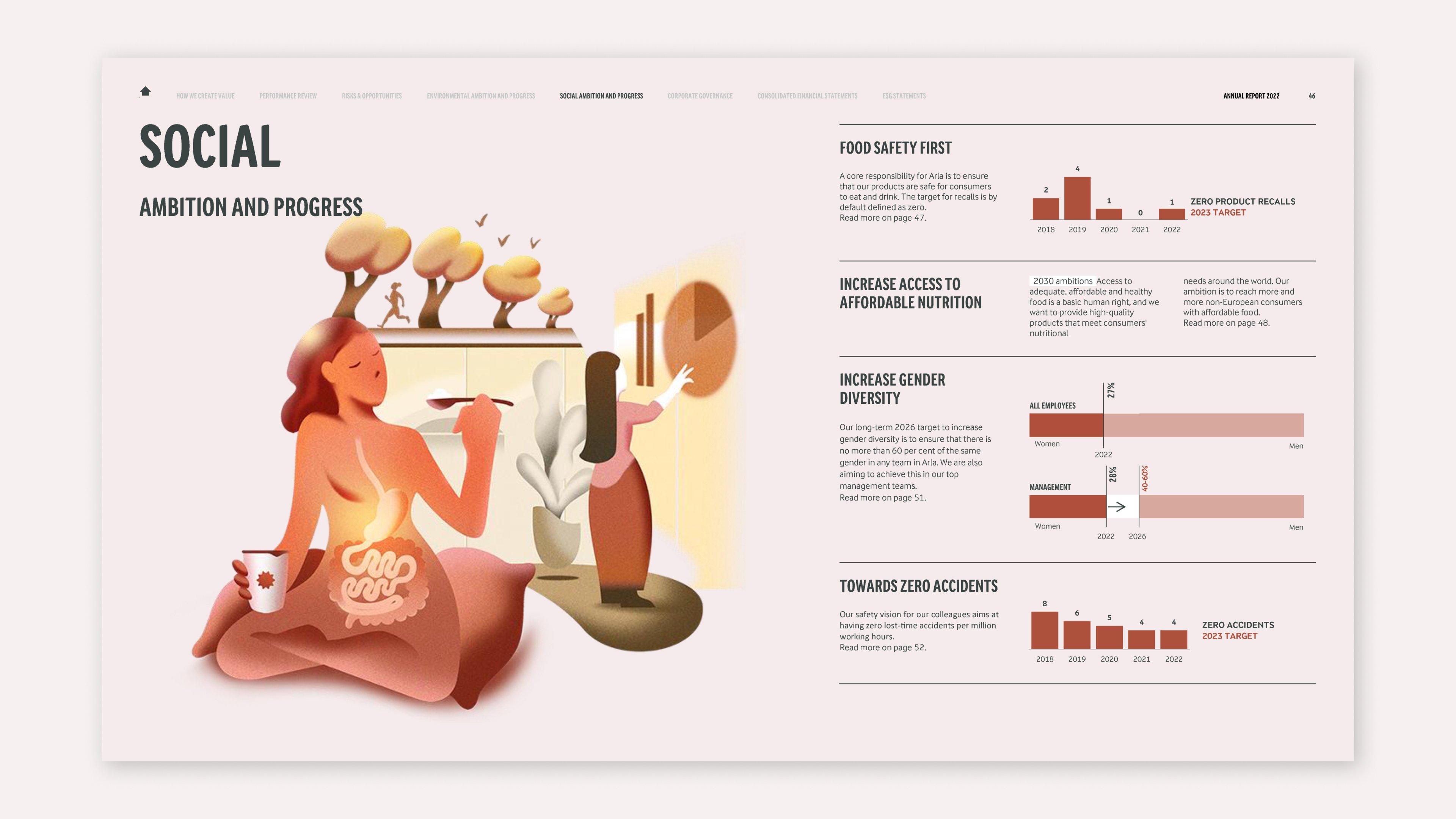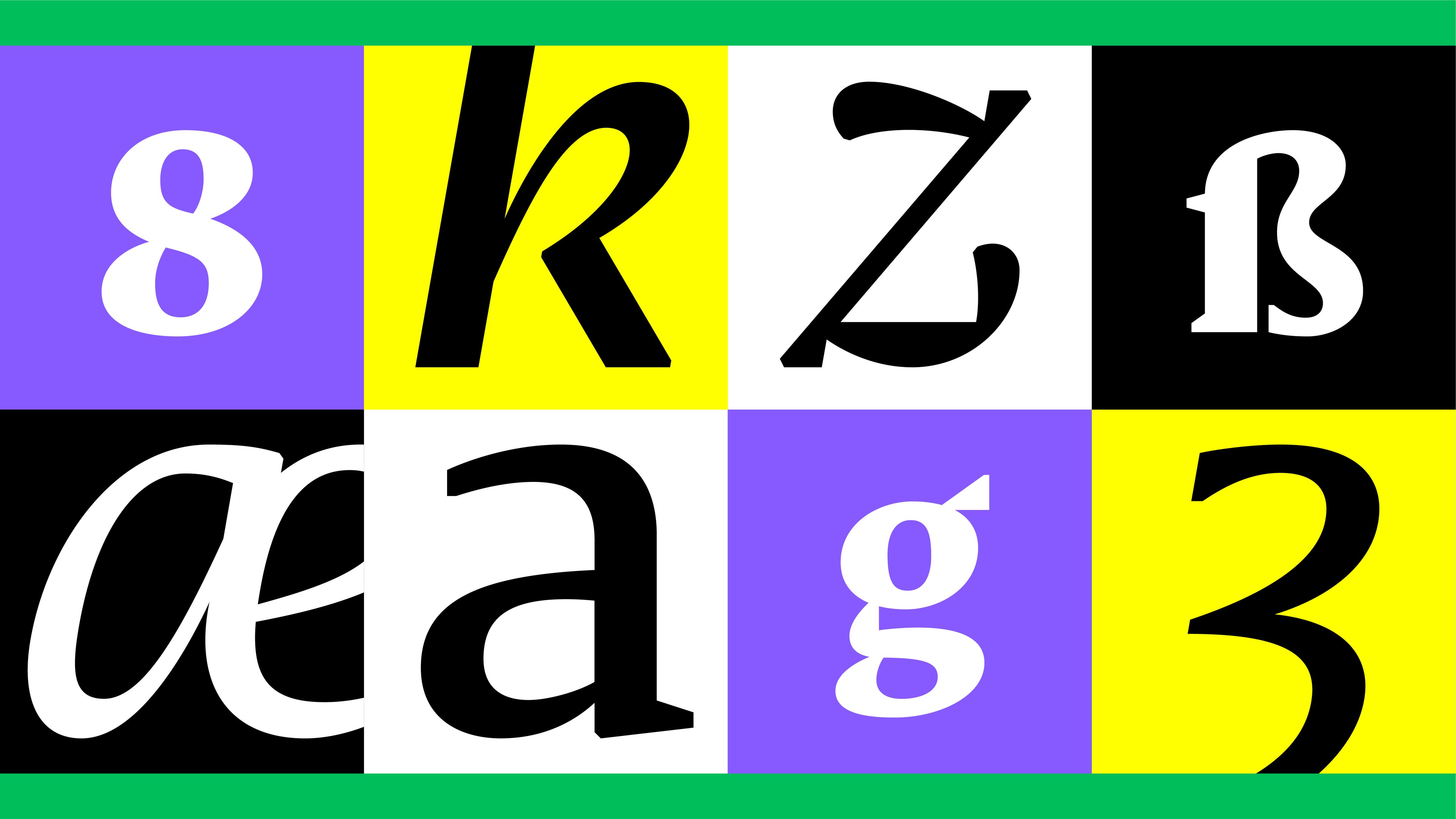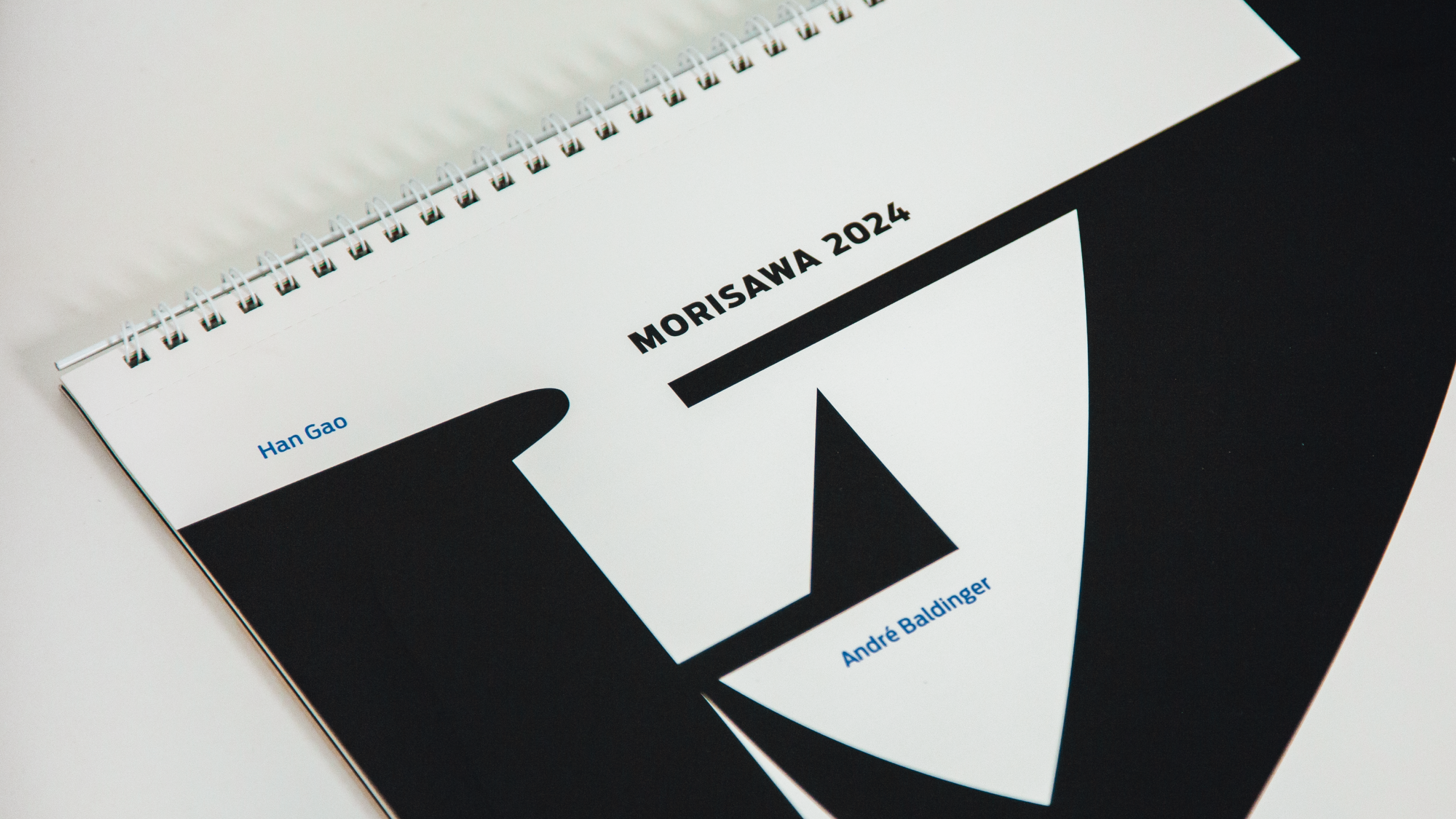Annual Reporting: The first impression doesn’t offer a second chance
The first impression matters. How you tell your story in your annual reporting reflects directly back on your company’s level of professionalism. And consequently on your level of trust. You better make sure to leave a good first impression.
The Annual Report season has come to an end. Or so it could seem. Just as we’re done reminiscing over the year that has just passed, the scouting for upcoming milestones and touchpoints begins. Committed to learning from our experiences, we continue our 365-day journey of annual reporting. During the course of six articles, we’ll present our most essential takeaways regarding performance, purpose, ESG, exposure & opportunities, words & visuals, and format. Using our focus model – How key stakeholders prioritise content and communication in annual reports as our backbone. Here’s what to focus on when scoping your company’s words and visuals in the reporting season of 2023.
In our study Trends in Danish corporate reporting vol.2 — Understanding key stakeholders made in collaboration with Simple Revolution, we asked analysts, investors and key employees how a company should communicate to make compelling annual reporting. And they all agree. If your company should advance your annual reporting, the first impression matter. What they are not totally aligned with, though, is how you succeed the best in making an excellent first impression.
For analysts and investors, it’s crucial to present to-the-point and easily accessible reports. Cut off all the fluff and remember to focus on clarity before coolness. For your professional stakeholders, your company’s ability to communicate clearly signals professionalism.
“
Management should be forced to think in simpler terms and break the information down, instead of being so wordy.
Investor, Sector specialist
The focus on clarity reflects the opinion on visuals and infographics. Regarding the investors and analysts, it isn’t a make-it-or-break-it situation. They are divided on the usage of the visualisation of facts and figures — some appreciate it dearly, and some would rather be without.
“
“I am a big fan of infographics. It also forces management to think in simple terms”
Venture specialist
But even though the stakeholder groups don’t totally align, they access an annual report with a shared opinion about clarity and relevance, which also bounces back to the usage of visualisations. Infographics and visuals are welcomed if they are easy to decode. In this case, it is not a matter of either-or but a graduation from nice-to-have to need-to-have.
Clarity is also a common denominator for the employee stakeholder group. They wish to be engaged by both words and visuals. Still, they stress the importance of relevance. The same goes for writing styles, tone of voice etc. Stick to the point and show that you want to connect.
“
The way companies talk about serious issues is often too weak. Phrases like 'we are trying to avoid corruption' are simply too weak. This isn't something you 'try' to do. You either do or you don't. The language must be clear and binding.
Employee, Senior manager
Your storytelling reflects back on your company’s level of professionalism. Be clear and concise, but make it engaging. If you’re consistent and relevant in using visualisations and writing, it functions as a better first impression.
Let’s exemplify it …
We've worked with 11 different companies crafting amongst others 8 annual reports, 2 integrated reports and 4 sustainability reports and a broad variety of other reports.
As a design studio, we’re always keen on investigating how to show it rather than tell it. Here clarity, readability and relevance are always of the highest priority — combined with the urge to make great design, obviously. In the reporting year of 2022, we’re particularly fond of the bespoke illustrations in Arla’s first-ever Integrated Report.
Arla uses bespoke illustrations to visualise predicted futures instead of photos. This gives a very distinct and recognisable expression throughout the report.
/
Related stories
